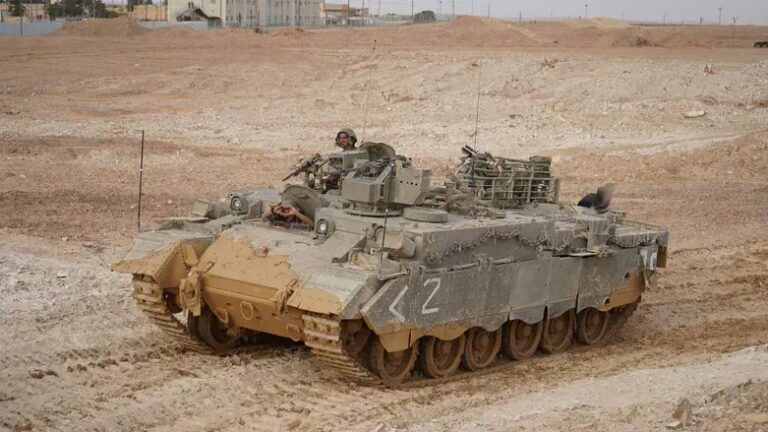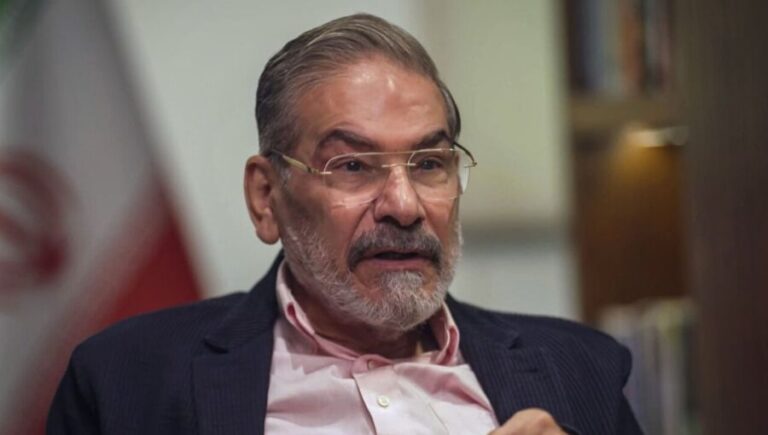 Defense Secretary Chuck Hagel on Monday proposed shrinking the Army to its smallest size in 74 years, closing military bases and making other military-wide savings as part of a broad reshaping after more than a decade of war.
Defense Secretary Chuck Hagel on Monday proposed shrinking the Army to its smallest size in 74 years, closing military bases and making other military-wide savings as part of a broad reshaping after more than a decade of war.
Hagel outlined his vision in a speech at the Pentagon, a week before President Barack Obama is to submit his 2015 budget plan to Congress.
Hagel said that U.S. forces must adjust to the reality of smaller budgets, even as he asserted that the United States faces a more volatile, more unpredictable world that requires a more nimble military.
“We are repositioning to focus on the strategic challenges and opportunities that will define our future: new technologies, new centers of power and a world that is growing more volatile, more unpredictable and in some instances more threatening to the United States,” he said.
Under the Hagel plan, which Congress could change, the active-duty Army would shrink from its current 522,000 soldiers to between 440,000 and 450,000. That would make it the smallest since just before the U.S. entered World War II.
Hagel said Obama’s budget proposal will include a government-wide “Opportunity, Growth and Security Initiative” that would provide the Pentagon with $26 billion on top of the $496 billion it is due to receive in 2015 under terms of the budget deal passed by the Congress two months ago.
Among the bolder moves in Hagel’s proposal is the elimination of the Air Force’s fleet of A-10 aircraft as well as its venerable U-2 spy planes, as well as reductions in the size of the Army National Guard. Those moves are expected to draw some opposition in Congress.
Hagel said the administration will propose a new round of domestic military base closings in 2017, while noting that Congress has rejected such requests in recent years.
Army leaders have been saying for months that they expect their service to shrink as the nation prepares to end its combat role in Afghanistan this year.
Gen. Ray Odierno, the Army chief of staff, said recently that whatever the future size of the Army, it must adapt to conditions that are different from what many soldiers have become accustomed to during more than a decade of war. He said many have the misperception that the Army is no longer busy.
“People tend to think that the Army is out of Iraq and Afghanistan, and there is not much going on,” he said Jan. 23 at an Army forum. “The Army is not standing still. The Army is doing many, many, many things in order for us to shape the future environment and prevent conflict around the world.”
The last time the active-duty Army was below 500,000 was in 2005, when it stood at 492,000. Its post-World War II low was 480,000 in 2001, according to historical tables provided by the Army on Monday. In 1940 the Army had 267,000 active-duty members, and it surged to 1.46 million the following year as the U.S. approached entry into World War II.
Navy Rear Adm. John Kirby, the Pentagon press secretary, said Monday that Hagel consulted closely with the military service chiefs on how to balance defense and budget-saving requirements.
“He has worked hard with the services to ensure that we continue to stand for the defense of our national interests — that whatever budget priorities we establish, we do so in keeping with our defense strategy and with a strong commitment to the men and women in uniform and to their families, Kirby said.
“But he has also said that we have to face the realities of our time. We must be pragmatic. We can’t escape tough choices. He and the chiefs are willing to make those choices,” Kirby said.
(AP)











One Response
Americans don’t want to pay taxes.
Americans are increasingly isolationist.
Why should the US be involved in world affairs.
The US had almost no standing army, and no serious involvement before 1914, or between 1918 and 1941, and the
got along just fine without us. They’ll just all play nicely and let us alone.